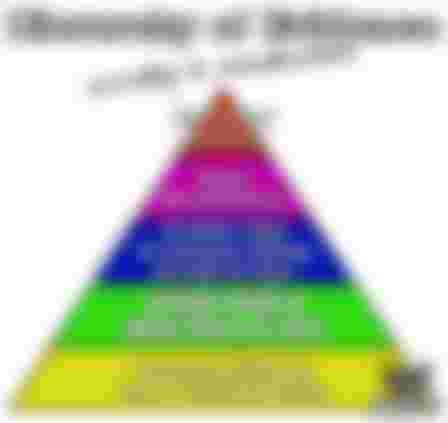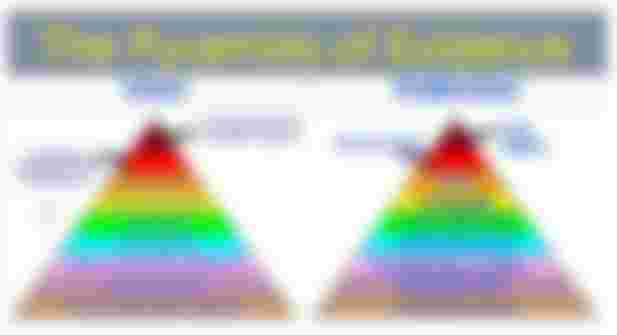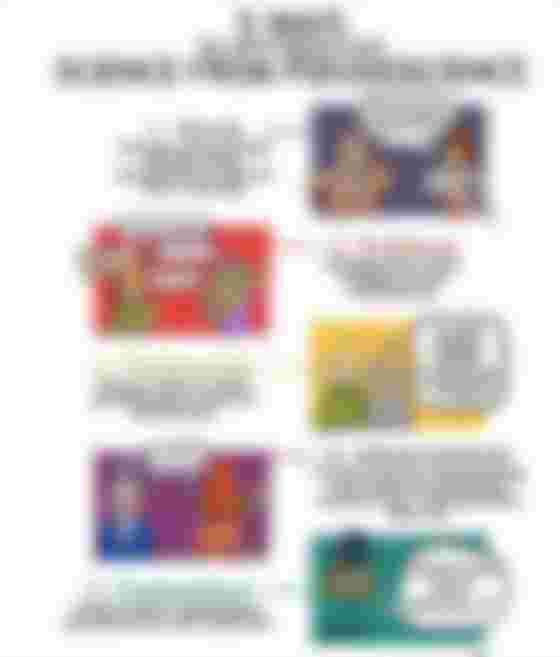By connecting the world and expanding the number of information and platforms that transmit it to us, we are witnessing an increasing number of false news and sensationalist announcements. All this is happening due to too much crowd in the information market, where too many platforms are trying to take as much space as possible. Sometimes sensations and fake news can be considered harmless and fun, but with the advent of the Covid virus, things have gotten pretty out of hand in some parts of the world.
Unfortunately, the complete situation regarding such performances cannot be a little funny or amusing, but extremely dangerous for the entire society and the human race itself.
What all these harmful performances and the promotion of wrong attitudes have in common is that everyone refers to science, but is that exactly the case and is it all exactly true? Of course it is not !! It is a classic replacement of theses and we can call it all by a common name, which is pseudoscience.
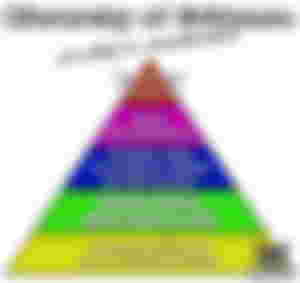
image source: Skeptical Cat
By the term "pseudoscience" we mean all those speculations that are "disguised" as science. This means that they use terms from science or even terms that do not exist in science but sound "scientific". The term is pejorative, and means something that mimics science, but is actually about opinions and practices that are not based on a scientific method or hypothesis testing, practices that are not backed by statistical indicators and that official science rejects.
Distinguishing science from pseudoscience is extremely important in everyday life - especially in the areas of health, environmental science and climate change, when testifying in court and in education. If decisions at the state level were made in accordance with pseudo-scientific claims, then our health would be based on alternative and healing practices, energy policy would be much simpler because we would produce energy by pseudo-scientific methods, and in schools we would learn that the Earth is a 6,000-year-old flat plate. years. Pseudoscience is a belief, but it is not a science.
How to determine that something is science and something is pseudo-science: examine how the evidence was arrived at
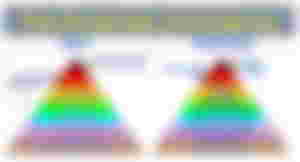
image source : library.earlham.edu
However, when we see that some such practices and opinions are breaking into the system, it is a sign that the system is weak, corrupt and rotten. All this is a sign that society is slowly slipping out of secular waters and falling into the abyss of dogma and pseudoscience. The system is so corrupt and health care is degraded so much that citizens are trying to find salvation in pseudo-scientific methods of treatment. There are advocates of pseudoscience in orderly countries and highly functional systems, but they are on the sidelines.
It should be noted that pseudoscience uses the vocabulary of science, including terms such as "scientific method", "experiment", "study", "proof", "argument", and even adds the name "science" to some teachings, such as "creationist science".
So how do you distinguish pseudoscience from science?

image source: Overgrow the system
Although proponents of various forms of pseudoscience may mention the scientific method and “studies” that have shown that their claims and beliefs are correct, the scientific method is something that is harder to falsify and imitate. To come up with an explanation in a scientific way involves several steps: observing the phenomenon, gathering information, creating a working and null hypothesis, creating an experiment (or other research tool, such as a survey), performing an experiment and drawing conclusions from experimental results.
The history of science remembers many intertwining of pseudoscience and science. Even some sciences arose from pseudosciences: astronomy arose from astrology, and chemistry / chemistry from alchemy / alchemy. However, most of the pseudo-practices were and remain that: charlatanry or just fun for the masses.
